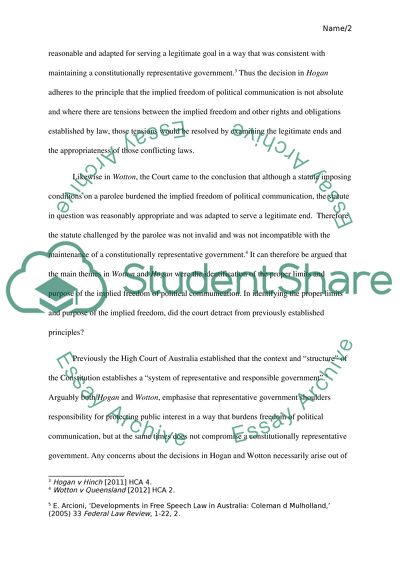Cite this document
(“Implied Freedom of Political Communication: Recent Developments and Essay”, n.d.)
Implied Freedom of Political Communication: Recent Developments and Essay. Retrieved from https://studentshare.org/law/1401190-essay-on-development-of-implied-freedom-of
Implied Freedom of Political Communication: Recent Developments and Essay. Retrieved from https://studentshare.org/law/1401190-essay-on-development-of-implied-freedom-of
(Implied Freedom of Political Communication: Recent Developments and Essay)
Implied Freedom of Political Communication: Recent Developments and Essay. https://studentshare.org/law/1401190-essay-on-development-of-implied-freedom-of.
Implied Freedom of Political Communication: Recent Developments and Essay. https://studentshare.org/law/1401190-essay-on-development-of-implied-freedom-of.
“Implied Freedom of Political Communication: Recent Developments and Essay”, n.d. https://studentshare.org/law/1401190-essay-on-development-of-implied-freedom-of.


